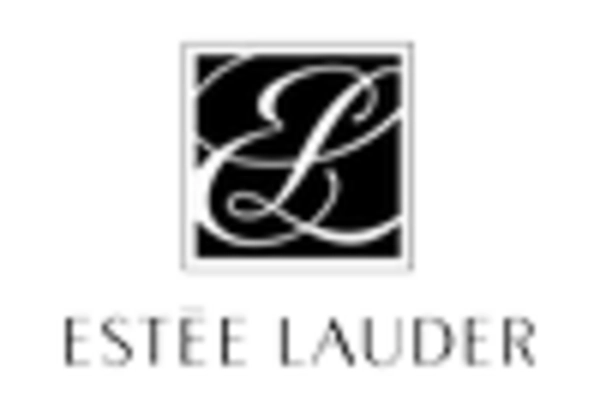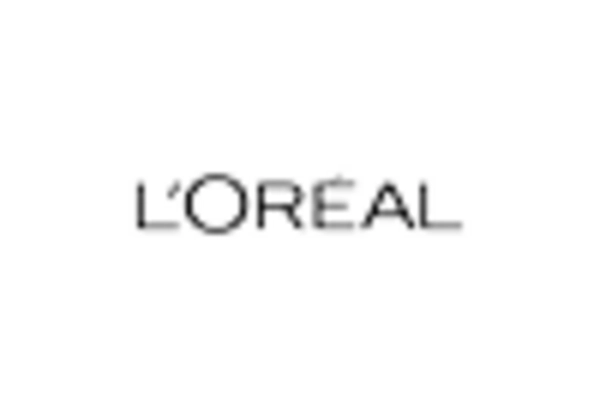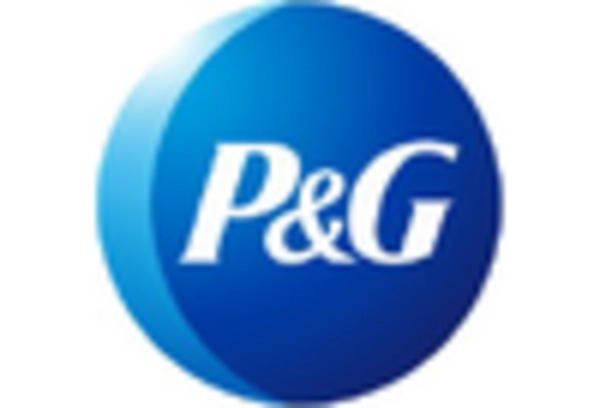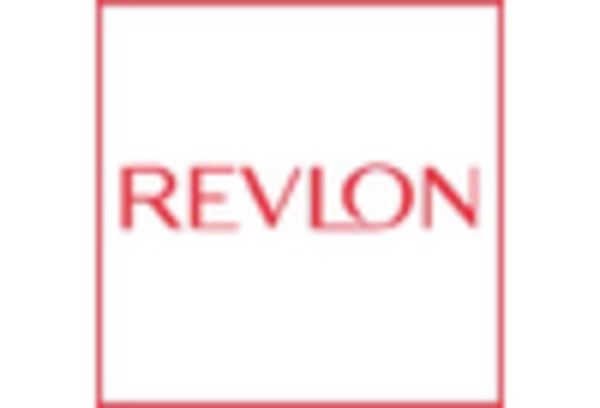Growing Demand for Personalization
The beauty tools market is witnessing a growing demand for personalized beauty solutions. Consumers are increasingly seeking products that cater to their individual needs and preferences. This trend is reflected in the rise of customizable beauty tools, which allow users to tailor their beauty routines according to their specific skin types and concerns. Market data suggests that personalized beauty products are expected to account for over 30% of the beauty tools market by 2025. This shift towards personalization is driven by the desire for unique and effective beauty experiences, prompting brands to innovate and develop tools that meet these demands. As a result, the beauty tools market is likely to see a surge in products that offer tailored solutions, enhancing customer satisfaction and loyalty.
Increased Focus on Health and Wellness
The beauty tools market is increasingly aligning with the broader health and wellness trend. Consumers are becoming more conscious of their overall well-being, leading to a demand for beauty tools that promote health benefits. Tools such as facial massagers and skincare devices that enhance blood circulation and improve skin health are gaining popularity. Market Research Future indicates that the wellness segment of the beauty tools market is projected to grow by over 25% in the next few years. This shift reflects a growing understanding that beauty is not just skin deep, but also closely tied to health. Consequently, brands are likely to innovate and develop tools that emphasize health benefits, thereby expanding their appeal in the beauty tools market.
Rising Interest in Eco-Friendly Products
The beauty tools market is experiencing a rising interest in eco-friendly and sustainable products. As consumers become more environmentally conscious, there is a growing demand for beauty tools made from sustainable materials and ethical production practices. This trend is reflected in the increasing number of brands that are adopting eco-friendly initiatives, such as using biodegradable packaging and recyclable materials. Market data suggests that the eco-friendly segment of the beauty tools market is expected to grow by approximately 20% by 2025. This shift towards sustainability not only aligns with consumer values but also encourages brands to innovate and differentiate themselves in a competitive market. As a result, the beauty tools market is likely to see a surge in eco-conscious products that cater to the environmentally aware consumer.
Technological Advancements in Beauty Tools
The beauty tools market is experiencing a notable transformation due to rapid technological advancements. Innovations such as smart beauty devices, which integrate artificial intelligence and skin analysis technology, are becoming increasingly prevalent. These tools not only enhance user experience but also provide personalized beauty solutions. The market for beauty tools is projected to reach approximately $15 billion by 2026, driven by these technological innovations. Furthermore, the incorporation of advanced materials and ergonomic designs is likely to improve product efficacy and user satisfaction. As consumers become more tech-savvy, the demand for high-tech beauty tools is expected to rise, indicating a shift in consumer preferences towards more sophisticated and effective beauty solutions.
Influence of Social Media and Beauty Influencers
The beauty tools market is significantly influenced by social media platforms and beauty influencers. The rise of platforms such as Instagram and TikTok has transformed how consumers discover and engage with beauty products. Influencers play a crucial role in shaping consumer perceptions and driving trends within the beauty tools market. Data indicates that approximately 70% of consumers are influenced by social media when making beauty-related purchases. This trend has led to increased visibility for various beauty tools, resulting in higher sales and brand awareness. As social media continues to evolve, its impact on the beauty tools market is expected to grow, with brands leveraging influencer partnerships to reach wider audiences and enhance their market presence.

















Leave a Comment